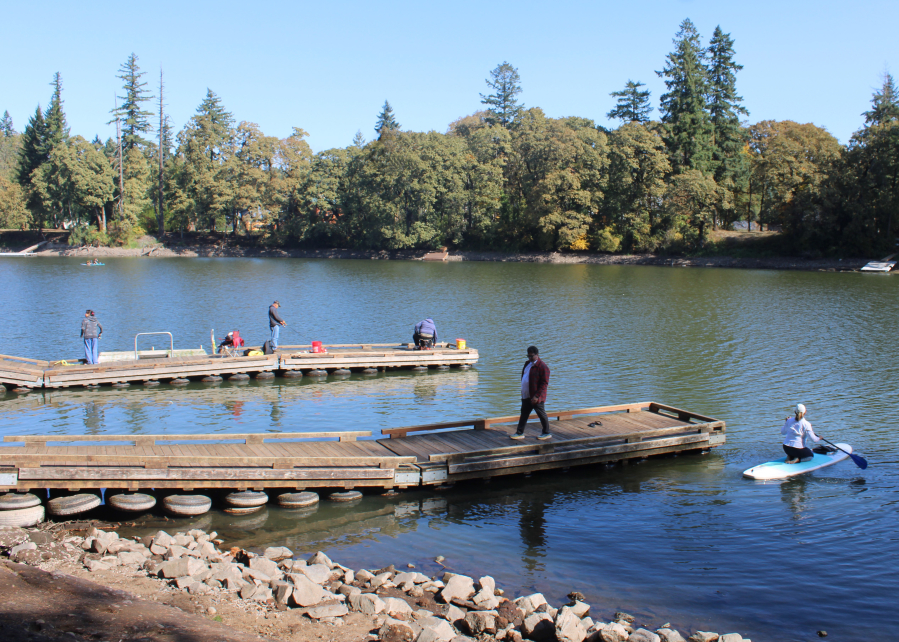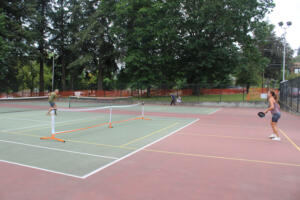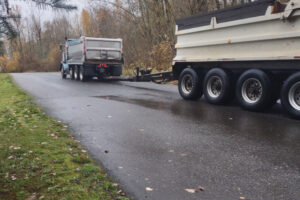City of Camas staff and consultants have wrapped up a yearlong water quality study of Lacamas, Round and Fallen Leaf lakes and presented city officials with recommended strategies for reducing the toxic algal blooms that have plagued the lakes in recent years.
Camas Public Works Director Steve Wall, along with Geosyntec consultant Jacob Krall, unveiled a draft Lakes Management Plan to Camas City Council members during a special meeting held Thursday, Sept. 28.
“This is not the end all,” Wall said of the in-depth plan, which details water quality data from all three lakes and suggests short- and long-term strategies for preventing algal blooms and make the lakes safer for people recreating in the water.
“This is a baseline with scientific understanding of what’s going on in the lakes,” Wall told Council members last week. “This is meant to be a baseline. There are a lot of things we say ‘aren’t recommended right now’ because of … unknowns and a host of other factors that we’ll have to keep tracking between ourselves and our partners and stakeholders.”
Making the lakes safer for recreating and, eventually, cleaning up the 67-square-mile Lacamas Watershed, which is Lacamas and Round lakes’ main source of nutrients such as phosphorus and nitrogen that feed algae and contribute to algal blooms that can sicken and kill humans and pets — will take long-term solutions and assistance from city, county, state, nonprofit and community stakeholders, Wall said.




